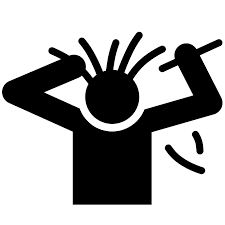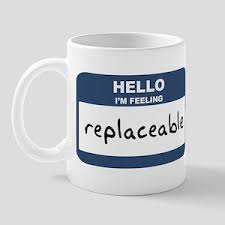As the temperature drops and the days become shorter, many of us find ourselves coming across changes in mood and energy levels. This phenomenon, commonly known as seasonal depression or seasonal affective disorder (SAD), is a type of depression that comes from a seasonal pattern. It usually occurs during the winter months when natural sunlight is limited. Although people who live in places with warmer climates can get seasonal depression in reverse, where people who live with so much summer and warm weather, it can trigger their depression. But it is more common in people living farther north, where there are shorter daylight hours in the winter to get seasonal depression than though living closer to the equator
SAD influences a huge piece of the populace, with up to 10% of individuals in the northern locales experiencing the winter blues when it is colder weather. It is accepted to be brought about by a blend of variables, including reduced daylight openness, disturbed natural rhythms, and uneven characteristics in mind synthetics like serotonin and melatonin. One of the most common side effects of occasional wretchedness is tenacious trouble or low mindset. People experiencing occasional sadness might also experience a lack of interest or delight in things they once enjoyed.
These symptoms can significantly impact one’s daily work and quality of life. Fortunately, there are strategies that individuals can use to fight seasonal depression. One of the most recognized treatment options is light therapy, also known as phototherapy. This involves using a specialized lightbox that emits bright light to mimic natural sunlight. Daily exposure to this light is thought to balance melatonin levels and improve mood.
Another crucial aspect of managing seasonal depression is maintaining a healthy lifestyle. Regular exercise has been shown to be a mood booster and stress reliever. Engaging in physical activity not only releases endorphins, but it also helps your sleep patterns and overall well-being. In addition, having a well-balanced diet that contains a good amount of fruits, vegetables, and proteins can provide essential nutrients and support mental health. Social support is another key factor in fighting seasonal depression. Surrounding yourself with a supportive group of friends and loved ones can help lessen feelings of loneliness and isolation. Engaging in social activities and seeking out positive social events can provide a much-needed boost to uplift your spirit during the winter months. The top state most impacted by seasonal depression is Alaka. The second most affected state is Oregon with a percentage of 22.6% for its prevalence of anxiety symptoms during the winter.
Psychological wellness experts, like specialists or therapists, can give a professional evaluation, provide direction, and proscribe proper meds if important. They can also assist people with laying out survival techniques and create customized procedures to really oversee occasional distress. Overall occasional sadness is a huge mental health worry that influences several people throughout the cold weather months. The side effects can be weakening, influencing temperament, energy levels, and generally speaking prosperity. In any case, with the right systems, it is feasible to beat the colder time of year blues and recapture a feeling of equilibrium and imperativeness.





















































































































































